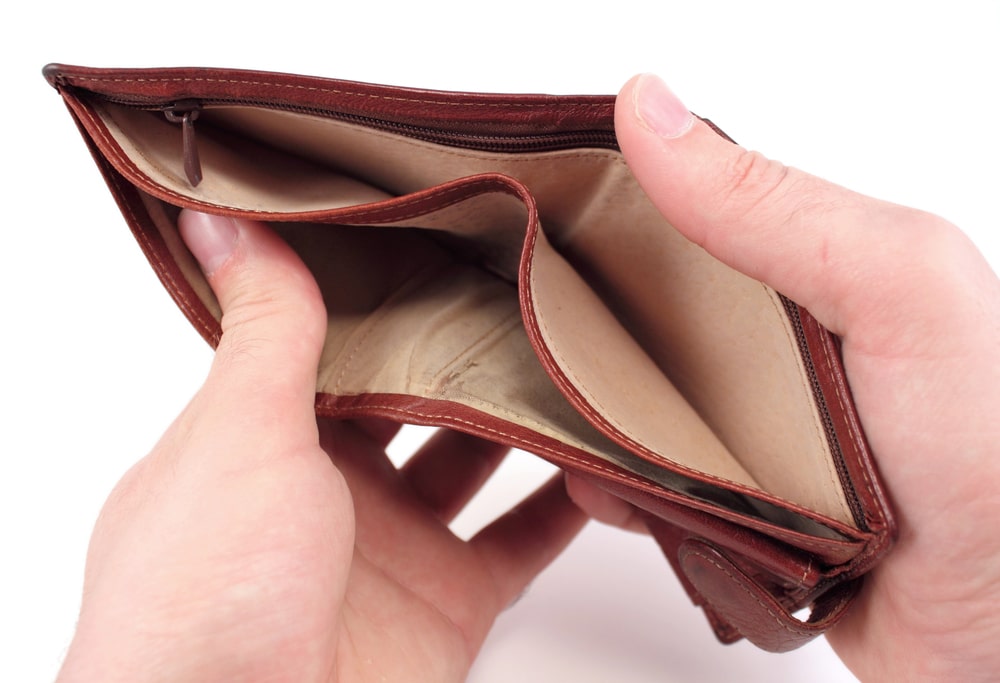Between Kamala Harris and Donald Trump, there is little reason for hope as far as high prices go.
Despite both campaigning on making prices lower—something patently ludicrous on its face—a look at their actual policy proposals cannot but lead the economically informed to conclude that prices are likely to surge in the coming years regardless of which statist alternative wins.
Before diving into their policies, it is important to distinguish between the various factors that cause prices to rise.
On the one hand, you have inflation; the devaluation of existing monetary units by the creation of more of the same monetary units, i.e. creating more dollars, thereby making each existing dollar less valuable. The venerable representative from Kentucky, Thomas Massie, has attempted to demonstrate to his clueless colleagues by means of a visual demonstration, diluting a glass of dark liquid by pouring increasing amounts of water into it.
On the other hand, you have the complex forces that lead to price fluctuations, whether up or down, reflecting relative changes in the supply and demand for goods. This is a function of changes in the producer supply of a good or in consumer demand for a good, or in the supply and demand of underlying inputs for those goods or substitute goods.
For example, stay at home orders during the pandemic and the shuttering of gyms led to an enormous spike in the price of exercise equipment, leading to voluminous sales for companies like Peloton, which then crashed just as fast once that source of demand vanished (although price remained above what they were due to the aforementioned devaluation of the dollar through inflation).
Likewise, a series of bad harvests in the early 1970s put upward pressure on the price of food at the same time OPEC raised oil prices, a key input in the cultivation and harvest of foodstuffs. The Richard Nixon administration attempted to suppress prices via controls, and the Federal Reserve was engaging in monetary expansion. This quadruple threat of price pressures leading to an 80% increase in the price of food the years 1970-1980, peaking in 1973 with an increase of 14.5%.
Because of the complexity of forces at play, it is often difficult to say precisely how much of a given price increase is attributable to each individual cause. However, we can still say a few things with certainty. Restrictions in the supply of a good will increase the price of a good, while increased regulations increase the cost of compliance and thereby increase the cost of goods. Also that increased taxes take money from the productive private sector to the (much) less efficient government sector, and that in the absence of any of these, if the money supply continues to grow then the price level will continue to rise regardless.
Given this, let’s take a look at the policies Trump and Harris have floated to see how they fit into this already inflationary backdrop.
Former President Trump proposes massive, across the board tariffs, the deportation of migrants in the country illegally, huge deficits, and expresses a desire for an executive say in monetary policy. There is little doubt that the economists who warn a second Trump administration will see a surge in prices are probably correct.
Then there is Vice President Harris and her advocacy of tax hikes on the “rich” and corporations in exchange for tax cuts for the “poor” and “middle class,” in addition to increased government spending and attempts at fighting “price-gouging,” aka price controls. A Harris administration too will see large deficits, and there is little reason for optimism that the price level will do anything other than continue to climb.
It is worth noting that whatever they might disagree on, both candidates agree that addressing the national debt is a low priority. Harris, for her part, is under no pressure from her generally spendthrift base who are now in the thrall of the new gospel of infinite money printing, Modern Monetary Theory. Trump ignores the few actual fiscal conservatives within Republican ranks like the aforementioned Massie and has given the debt no more apparent thought than riffing about paying off the U.S. debt at a crypto conference: “I’ll write on a little piece of paper, ‘$35 trillion crypto’—we have no debt. Right? That’s what I like.”
Great.
It is good to know that whatever else happens, the next decade of two trillion dollar annual deficits forecast by the Congressional Budget Office look set to continue. It will take a minor miracle to keep the price level from taking off again.
















